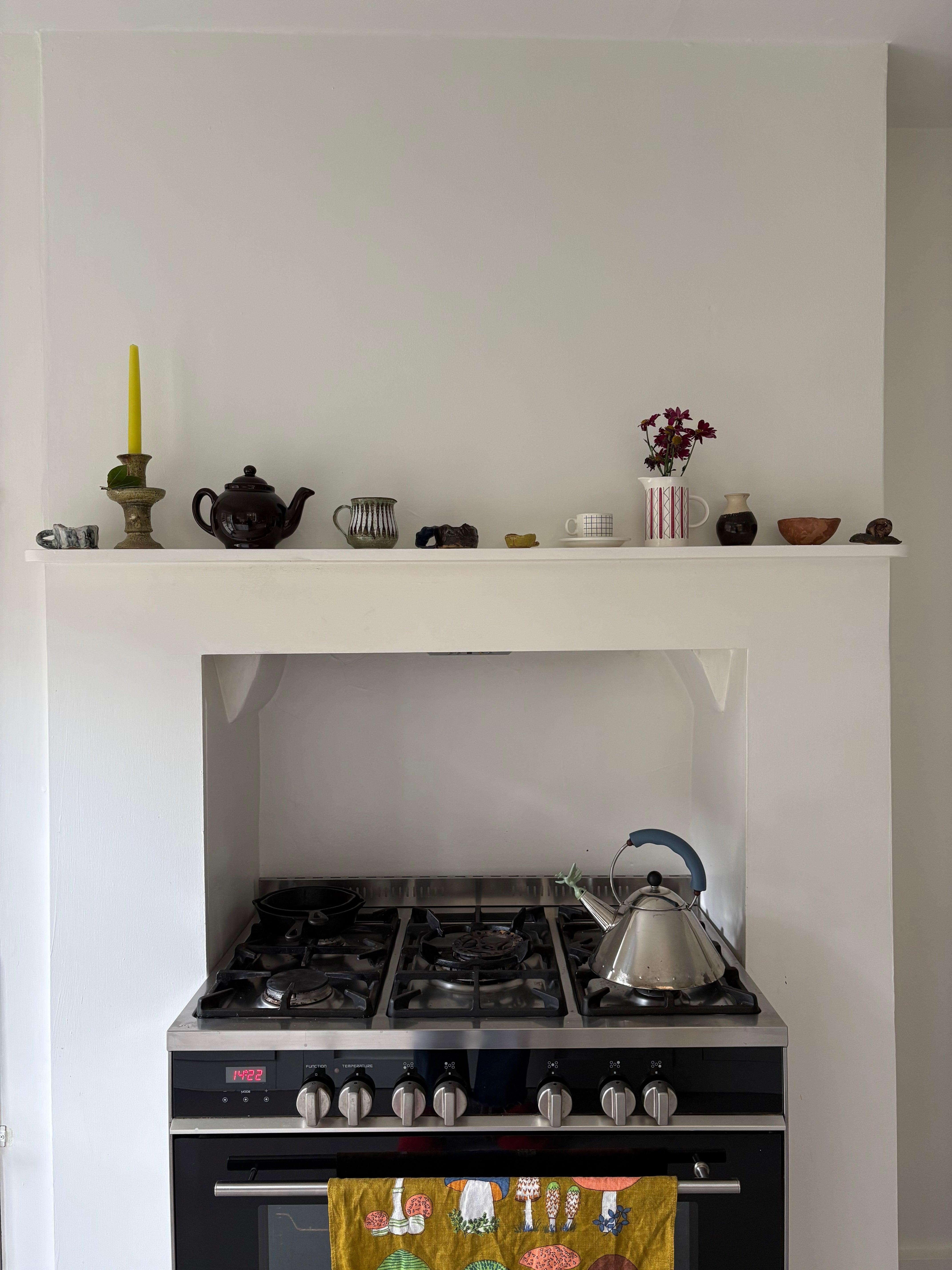
Photography by Marina Tweed
Author
Holly Connolly
Published
March 31, 2025
Since 2011 The Gourmand has used food as a lens to explore culture. Started by Marina Tweed and David Lane, it began as a way to collaborate with their friends, and to approach the culinary world in a timeless way, outside of fads and restaurant press cycles. Though the project has evolved over the years – most notably transitioning from a magazine to a series of books around 2019 – it has always stayed true to its idiosyncratic, original vision.
The Gourmand’s approach in part draws from the background of Marina Tweed, who grew up in Firle, in East Sussex, and moved to London to work in events initially, then as a project manager at a design agency. With a career spanning hospitality and design, The Gourmand began as a way for Tweed to collaborate with her partner David Lane, an art director, on a shared project. Here she discusses the landscape for food writing, the process of creating a magazine and why they transitioned to making books.
The Gourmand always remained true to our manifesto
Today The Gourmand is over a decade old. What drove you to first launch it in 2011 with David Lane? Why did you want to run a magazine that centered around food specifically?
At that time there really weren’t many independent magazines about food. And we couldn’t believe this, considering that everybody in the world eats! So we set out to create something with a different approach to the existing, more traditional food magazines. We wanted to discuss the role of food across a broad range of subjects such as film, art and music, producing unexpected content and presented in a design-led magazine, with commissioned photography and illustration. We wanted it to be different and we wanted it to be fun, and we wanted to collaborate with photographers, illustrators and writers whose work we admired.
And how do you feel The Gourmand has evolved since its inception?
We haven’t published a magazine since 2019 (due to numerous factors such as Covid-19, having a family and focusing on Gourmand Books). But looking back, I feel The Gourmand always remained true to our manifesto. The Gourmand was about realising interesting and original ideas, and I think that our first issue, our last issue, and all those in-between reflect this. We built up a reputable roster of writers and photographers which grew stronger with each issue and helped grow the brand, and then it felt only natural to transition The Gourmand into books.
The magazine was full of a diverse range of content, but in our books, we focus on just one ingredient, and the books are split into two. One half features factual stories about a single ingredient – The Egg, The Lemon, The Mushroom etc – spanning across subjects such as film, art, science and literature. Then the other half includes delicious archetypal recipes of said ingredient with accompanying photography.
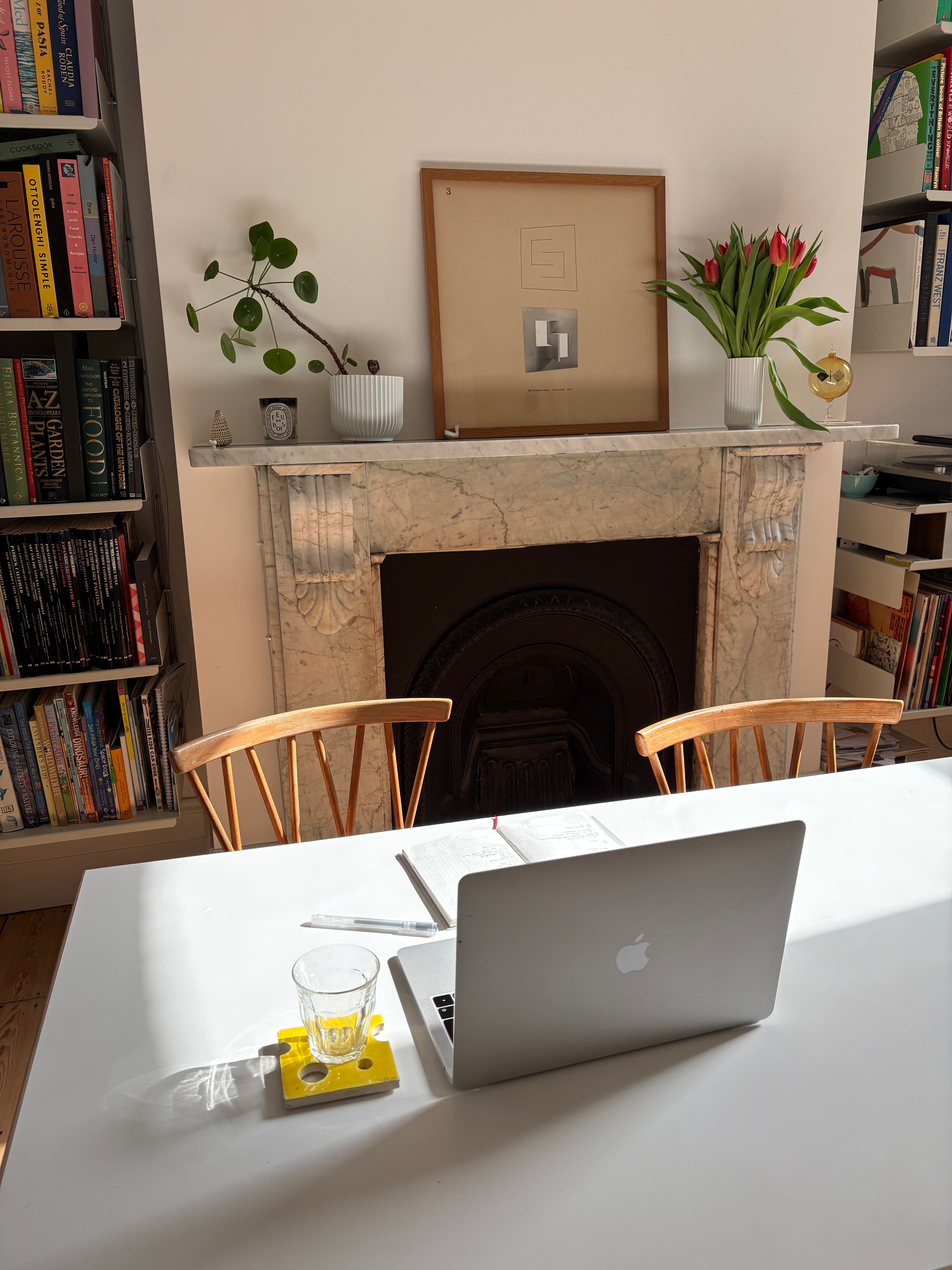
Photography by Marina Tweed
Food and art are both universal
Then relatedly, how has the broader landscape for writing that’s concerned with food, and our general understanding of food changed? It feels like there has been a big shift in food criticism, and in people’s understanding of food, in even the last five years in the UK – would you agree?
Yes, I do. Over the past decade, I think the rise in restaurant review-culture drove food writing to take a bit of a serious turn. It was tiring to keep up-to-date with new restaurant openings in London and beyond, almost fanatical (the 2022 film The Menu sums this up brilliantly). None of this really interested me that much, but I understand why food writing became such a big thing, especially as Instagram really helped propel the whole food trend in general. In turn, this led to an influx of food books appearing in the shops. Some, of course, have become brilliant bookshelf staples, but sadly some were a bit of a fad.
I will continue to enjoy food books that are beautifully written, full of wisdom, and that tell a story about a place, people and ingredients; Claudia Roden, for example, does this so well. Foremost, food should be appreciated and enjoyed, not critiqued. Turning up to a restaurant when you have too many preconceptions about what you’re about to eat can highly influence your experience. There’s something magical about making or discovering something simple, yet delicious. It somehow makes it more memorable and enjoyable.
The Gourmand is known for its singular approach, using food as a lens to explore culture. What is it about the intersection between food and, say, fine art, that interests you so much?
Food and art are both universal. They offer satisfaction as well as a connection to people and the world around you. We found it really interesting talking to chefs about art, and to artists about food – this concept helped us to form more of a timeless approach to our content, as it wasn’t about featuring the latest restaurants or food hype. We also found this intersection in books. We loved discovering gems such as 2003’s Liberace Cooks! or Wild Raspberries, a 1959 cookbook by Andy Warhol and Suzie Frankfurt.
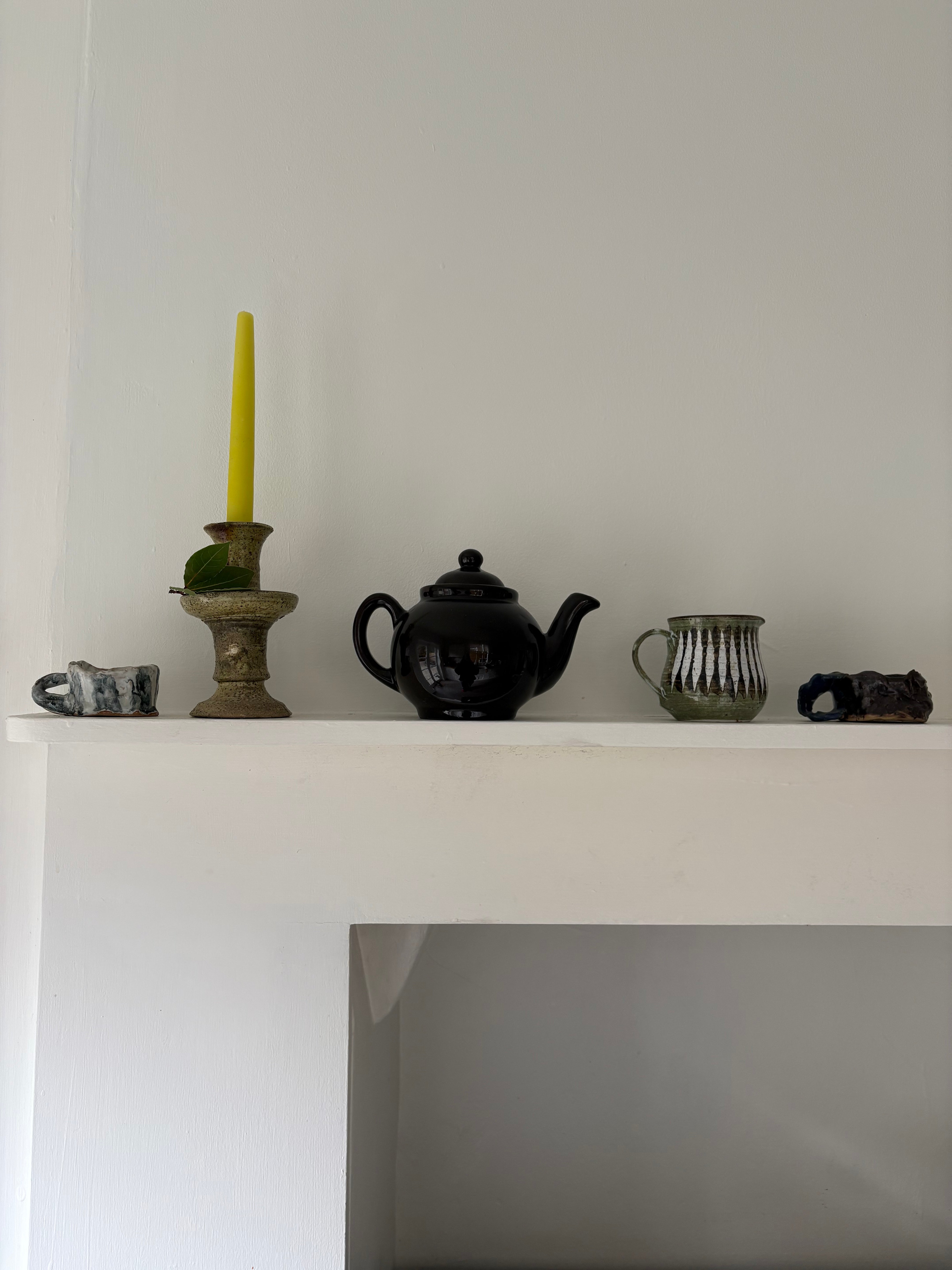
Photography by Marina Tweed
Magazines are ready when they’re ready
Equally, the magazine was known for its originality and beautifully idiosyncratic ideas. What was your process like in terms of concepting your features?
It was always hard to edit what went in and what didn’t, as there were so many fantastic things we wanted to feature in each issue. Each issue followed the same formula of interviews, photo essays, etc. Our ideas were very much compiled over time and then reviewed by ourselves before we started on the issue. More often than not, an idea would start off as a mere curiosity, and then later was turned into a reality. Even now, when we haven’t published for a long time and I am not sure when we next will, I still add to my list of Gourmand Magazine features all the time. It’s hard not to.
How did you approach putting each issue together? Did you like to have an overarching concept that you work to, or did you find features and ideas began to slot together as you went?
We never worked to a theme, the features got thrown together and then edited down to whatever fitted in with the right balance of content.
What draws you to your contributors?
Our contributors were a big part of our inspiration to start the magazine in the first place. Many of our friends were photographers, writers, illustrators, set designers, and so on, so The Gourmand was intended to be a platform for these creatives to showcase their work. Due to the lengthy list of ideas that we had for each issue, we would seldom need to take on submissions, and we always prioritised working with contributors who had their own style, a collaborative approach to their work, and who we enjoyed working with.
What did you learn from all the issues that you worked on over the years?
That magazines are ready when they’re ready.
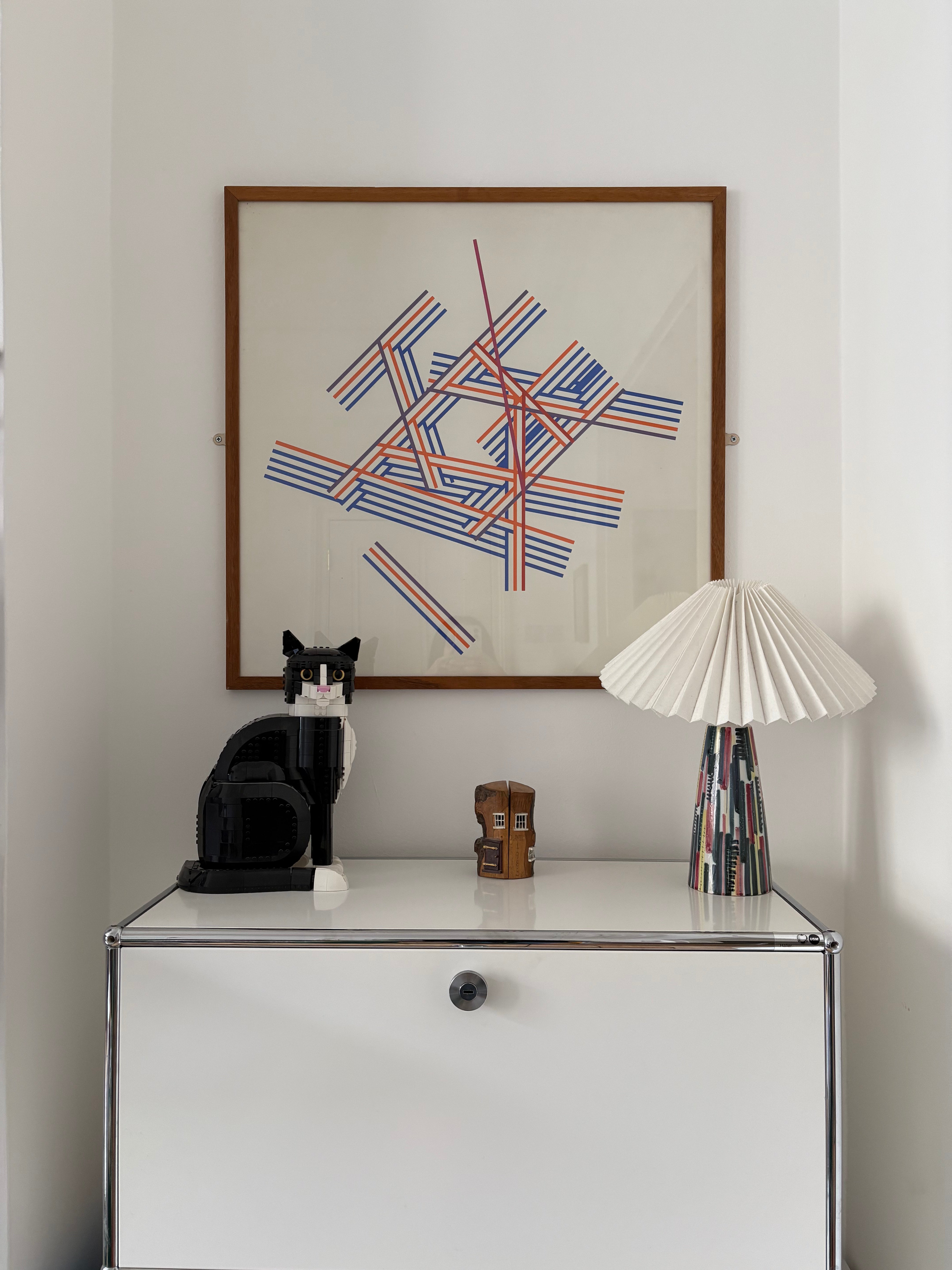
Photography by Marina Tweed
The process of making books is more relaxed
Do you feel creatively satisfied?
Publishing is very satisfying, especially when you first get to hold your book or magazine in your hands, or when you first see it in a shop window! Alongside The Gourmand we run a busy studio and have a young family, so personally I do not have as much time as I’d like to put into making books. When we first started the magazine, we did absolutely everything ourselves; commissioning, writing, designing, advertising, selling, marketing. We even hand-wrote each envelope and posted every copy ourselves. Working on a project in its entirety is extremely satisfying.
What prompted the transition from producing the magazine to putting out books?
The desire to make something that didn’t have a shelf life. Unlike a magazine, where traditional newsstand models take it off the shelves when the next magazine is released, books can keep on going and going. And the idea of making a series of books is that the momentum will go up with each book released.
How is the process of creating a book different from a magazine? And what's the same?
Making a magazine is very fast paced. It involves collaborating with a lot of different people, all around the world, all in a short space of time. It’s very stressful raising advertising revenue alongside the production of the magazine, while also working on sales and distribution, but it’s very exciting seeing it all come together! Managing the process of making the books is at a more relaxed pace. We have less shoots to produce, no interviews to arrange, no advertising to sell, so less pressure. The books are published by Taschen, so Taschen handles all the print production and the distribution, whereas we published the magazine ourselves. The same amount of research, reviewing, editing and proofing goes into the books but over a longer stretch of time, so all in all, it’s a lot less intense.
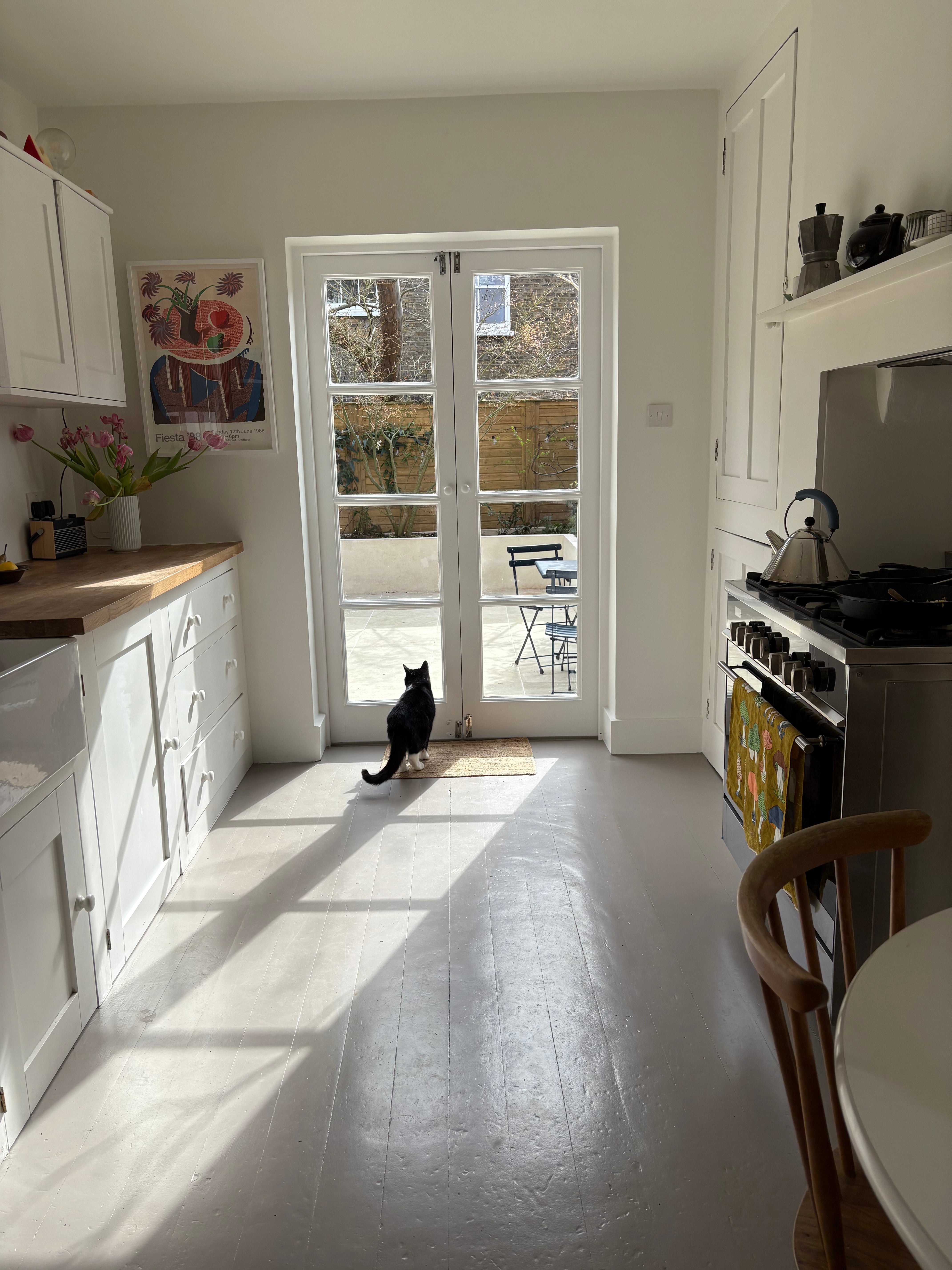
Photography by Marina Tweed
